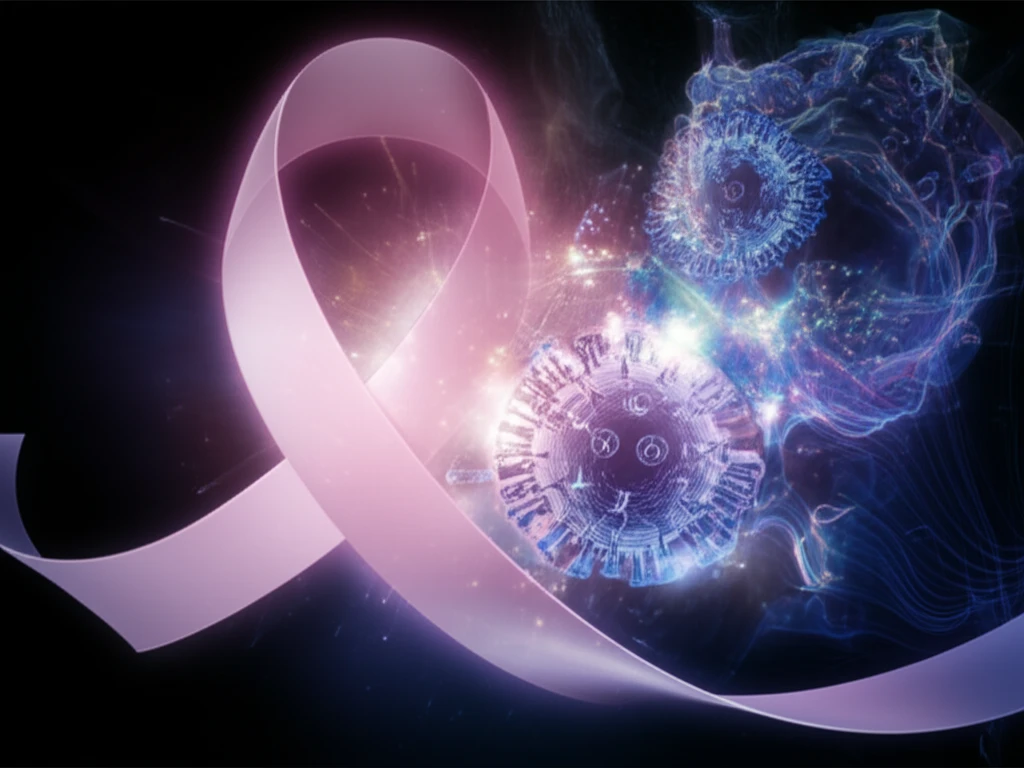
HPV and Breast Cancer: Is There a Link?
"New research explores the connection between HPV 16/18 infection and p53 expression in invasive ductal carcinoma, offering insights into potential breast cancer risks and treatment strategies."
Breast cancer remains a significant global health concern, affecting millions of women worldwide. While numerous risk factors have been identified, recent research suggests a potential connection between human papillomavirus (HPV) and breast cancer development. This emerging link has sparked considerable interest and further investigation into the underlying mechanisms.
HPV is a common virus known primarily for its association with cervical cancer, but it has also been detected in other cancers, including those of the head, neck, and now potentially the breast. The key question is whether HPV plays a direct role in breast cancer development or if its presence is merely coincidental.
A recent study delved into the relationship between specific types of HPV (16 and 18) and the expression of a crucial protein called p53 in invasive ductal carcinoma, the most common form of breast cancer. The p53 protein is known as a tumor suppressor, playing a critical role in preventing cancer development. When p53 is mutated or suppressed, it can lead to uncontrolled cell growth and tumor formation.
Decoding the HPV-p53 Connection: What the Study Reveals

The study, published in the Pakistan Journal of Medical Sciences, examined tissue samples from 45 patients with invasive ductal carcinoma, 20 with breast fibroadenoma (a benign tumor), and 20 normal breast tissue samples. Researchers used advanced techniques such as in situ hybridization and immunohistochemistry to detect the presence of HPV 16/18 DNA and assess the expression of p53 protein.
- Significantly Higher Expression: HPV 16/18 DNA and p53 protein were more prevalent in invasive ductal carcinoma.
- Lymph Node Metastasis: Cases with axillary lymph node metastasis showed dramatically higher expression levels.
- Correlation: A significant correlation was observed between HPV16/18 DNA expression and p53 protein expression.
Implications and Future Directions
While this study provides valuable insights into the potential link between HPV and breast cancer, it's important to note that further research is needed to confirm these findings and fully understand the underlying mechanisms. If a causal relationship is established, it could lead to new strategies for breast cancer prevention, diagnosis, and treatment, potentially involving HPV vaccination or targeted therapies aimed at restoring p53 function. More research is needed to fully clarify the molecular pathways at play and explore the potential for targeted therapies.
